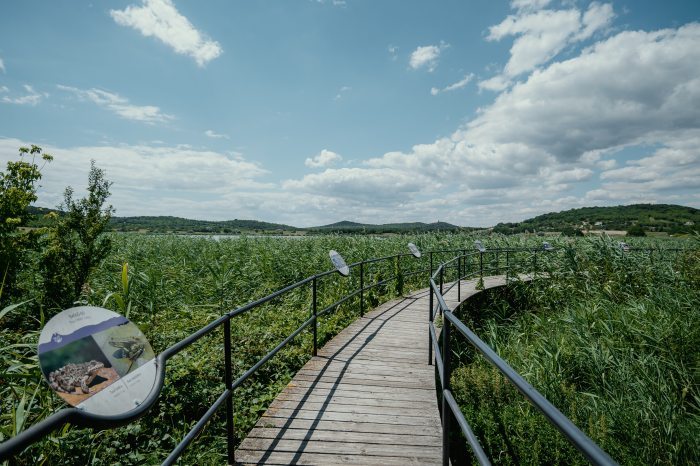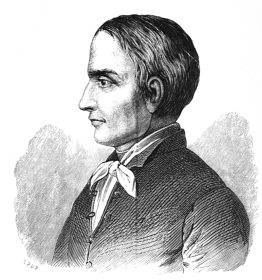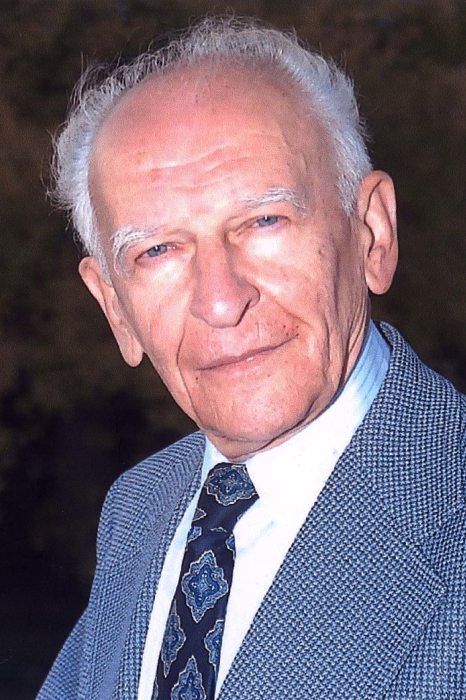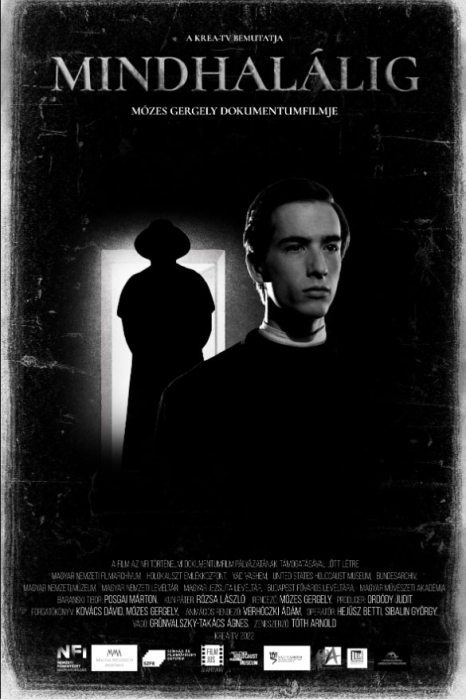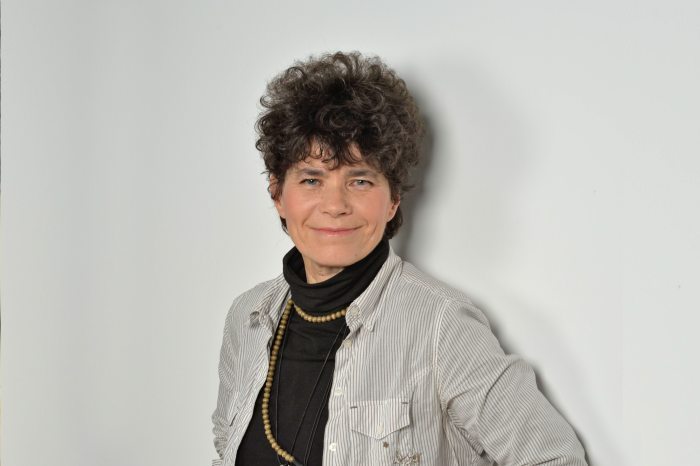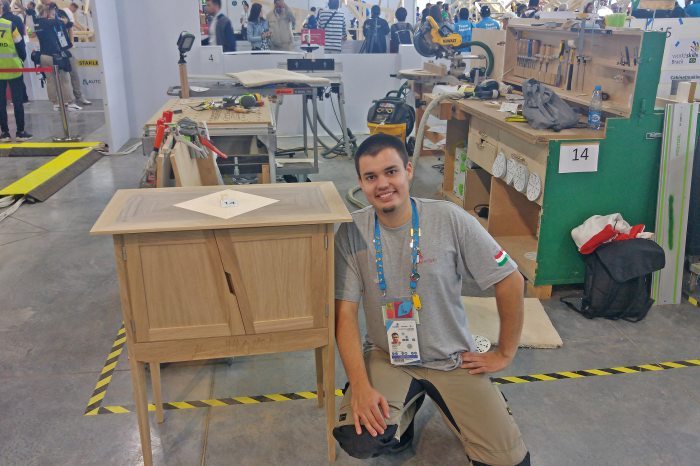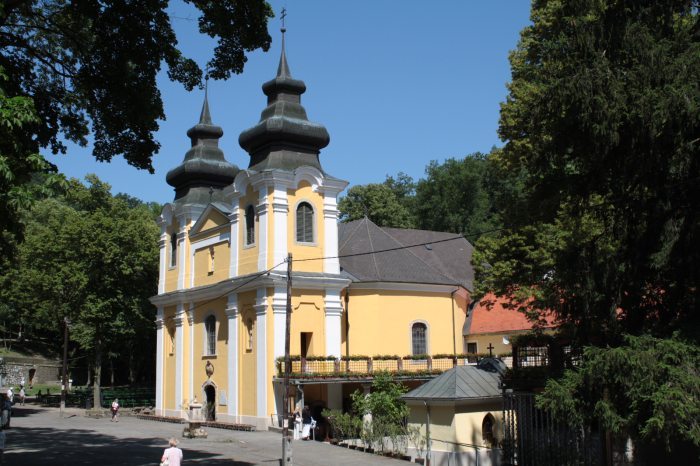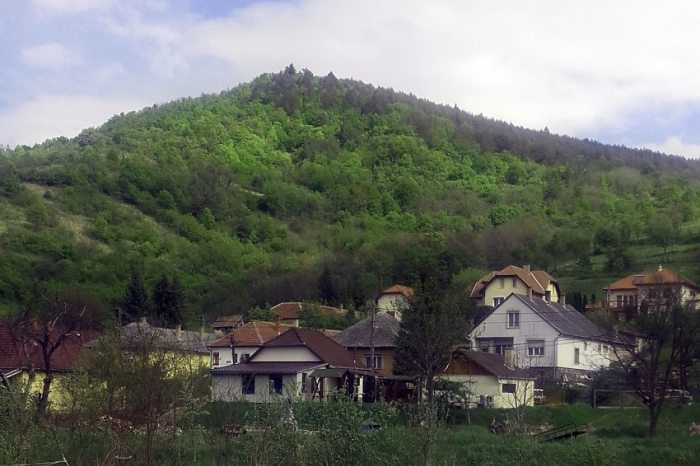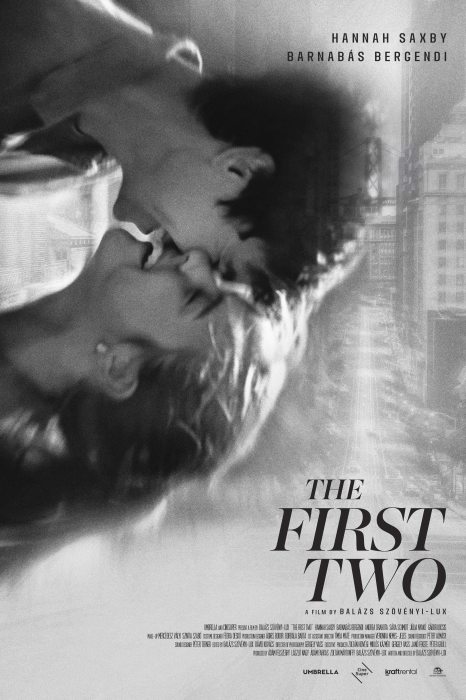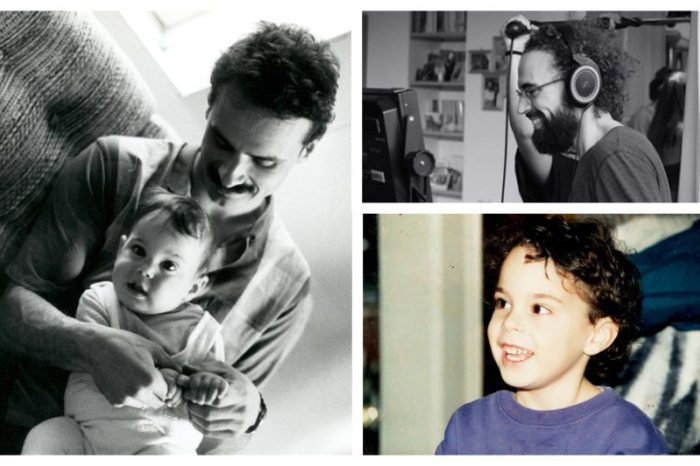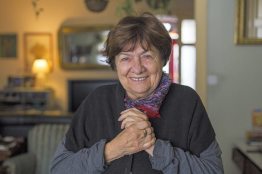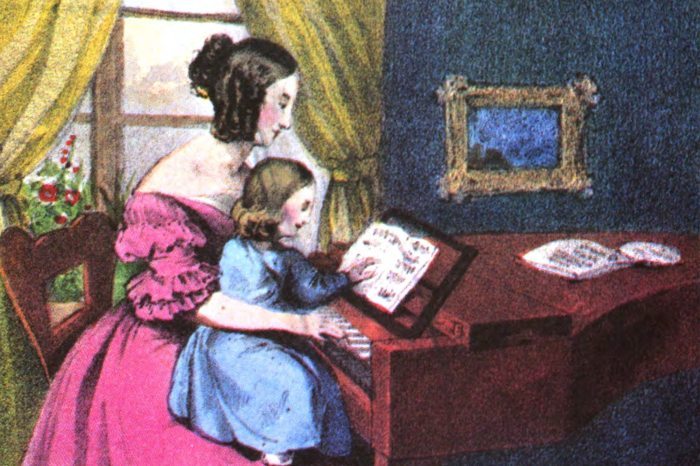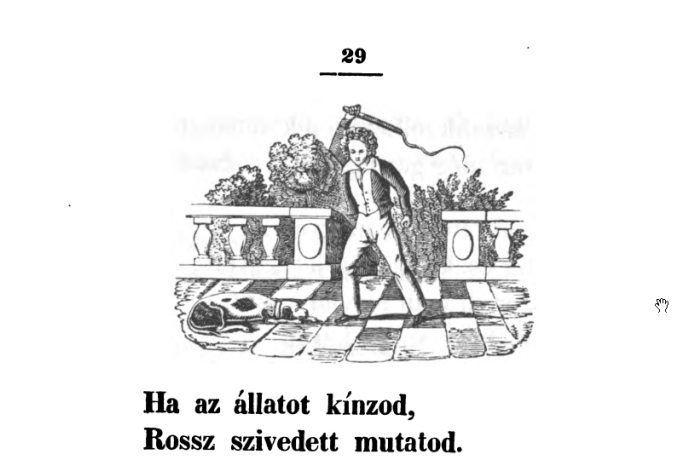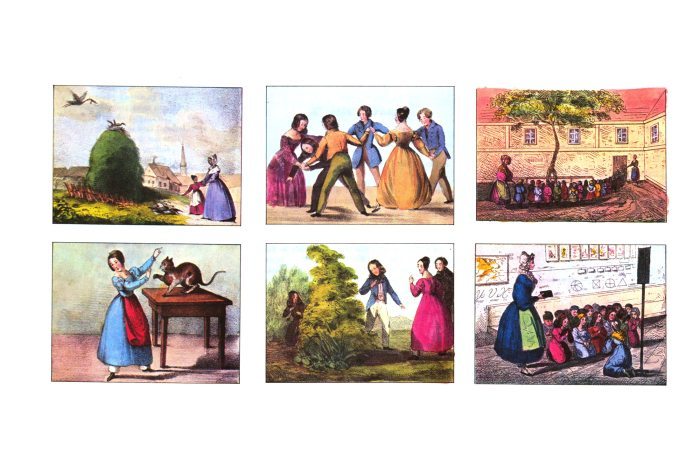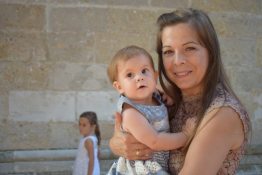Six water tour ideas – Discover Hungary from the water

If you've ever sat in a canoe, kayak, or stood on a SUP board, you've probably noticed how different the world is from the water. Not only is it calmer and quieter, but somehow the landscapes you know so well show a completely different face. So discover Hungary's fantastic landscapes from this perspective!
Canoeing among swamp cypresses on the backwater of the River Körös
The backwater of the River Körös at Szarvas-Békésszentandrás, commonly known as the ‘Kákafoki-backwater’, was formed during the regulation of the river Hármas-Körös and is one of the longest backwaters in Europe. While canoeing on it, you might think you were in a South American jungle or a Mississippi swampland, as the arboretum's founder, Pál Bolza, planted the river branch with exotic plants, including cypresses. The section near Szarvas is hardly a straight line, and it leads through beaches on the riverbanks, and even a theatre with a stage over the water. Paddling further under a bridge to arrive at the cypresses, among which you should look for the group of trees known as the Three Sisters. In the middle of the water, you can have a look at the Millennium Monument and on the right bank the Bolza Castle.
The stretch between Szarvas and Békésszentandrás is an excellent choice even for families with small children, not only because of the pleasant and easy route but also because in summer you can swim in the well-equipped and free-of-charge beaches of both of these settlements.
Tip: For a longer journey, take to the water at Kunszentmárton, and from there head towards Szarvas. You'll pass through beautiful summer cottages and then unspoiled countryside, where you'll see flocks of herons, egrets, and cormorants.
Canoeing on the floodplain of the river Rezéti-Danube
The Rezéti-Danube is a side loop of the River Danube that flows through the unspoilt forests of the Gemenc woodlands. A canoe trip on this water is recommended for those who seek the closeness of untouched nature. The first two kilometers of the loop are down the Great Danube, while most of the tour is on the loop that flows out of and later back into the main river. Starting from the dock of Érsekcsanád and following the shore of Veránka Island, after about two kilometers you will reach the estuary of the Rezéti-Danube loop. Here, a sharp right turn takes you into the calm waters of the Rezéti branch, where you can comfortably follow the river. After four kilometers of paddling from the estuary, we arrive at Nyárilegelő, a docking, and resting stop, which is also a train station at the narrow gauge railway of the Gemenc State Forest Railway. Paddling on, you will find yourself deeper and deeper into the thick of the Gemenc floodplain forest: willow trees growing closer to the riverbank and poplars further away, offer excellent hiding places for big game. Gemenc is world-famous for its valuable and beautifully antlered red deer, its rich roe deer, and wild boar populations. The birdlife is also very varied, and with a little luck, you may spot grey herons, white-tailed eagles, saker falcons, and lesser-spotted eagles.
Paddling on in the river Rezéti-Danube, you reach the top of the island which also means that you’ve reached the upper, inflowing mouth of the side branch. After that all you have to do is to cross the Danube again and dock at Érsekcsanád, the starting point of our tour.
Tip: The fact that this eighteen-kilometer-long canoeing route leads through unspoilt nature makes it special for sure but it can be its disadvantage, too: the floodplain forest of Gemenc is part of the Danube-Drava National Park, therefore, the number of options where you can dock and step on shore is very limited, so it is a good idea to stock up on food and drink.
Easy family rafting on the river Rába
The river Rába is one of the wildest, most romantic, and most naturally preserved rivers in Hungary. Originating in the Austrian Alps, it reaches Hungary from the West near Szentgotthárd and flows northeast to join the Mosoni-Duna at Győr. The river, densely packed with gravel banks, sharp bends, and sudden sections of rapid acceleration, sometimes challenges even experienced water hikers. A special feature of the Rába is that its upriver section between the border and Sárvár has hardly been regulated, preserving its wild and unspoilt atmosphere. Thanks to the natural environment, the wildlife both in the water and around the banks surrounding the river has remained undisturbed, allowing you to discover unique species of flora and fauna while paddling on the river.
The meandering section of the river between Szentgotthárd and Csákánydoroszló is part of the Őrség National Park. This is perhaps the most beautiful part of the wild Upper Rába: it is not the strength of the current that gives this section of the river a white-water atmosphere, but the small and large alluvial islands, rapids, and reefs, as well as the bushes and fallen trees that overhang the water.
Tip: The twenty-kilometer rowing tour starts from Szentgotthárd and ends in Rábagyarmat, but can be extended to thirty-five kilometers if you go up to Csákánydoroszló. As the Rába is considered wild water, you should only set off with a qualified guide! If you're planning a long weekend, you might want to include a swim in Lake Hársas in addition to the paddling. The lake is one of the jewels of Szentgotthárd, fed by the Hársas Stream, which originates in the forest of neighbouring Apátistvánfalva, and is popular not only with anglers but also with swimmers and hikers. The one-kilometer-long Lake Hársas Nature Trail along the lakeside promenade introduces the wildlife of the lake and its surroundings.
Nádi szél – a water study trail on the Lake Balaton
If Lake Balaton has been all about the beach for you, it's time for a trip on the water! Opened in 2018, the three-kilometer-long, six-stop nature trail on Lake Balaton invites you to explore the bay of Badacsony, either as part of a guided tour or independently, following GPS coordinates.
The water trail starts at the foot of Badacsony, at the Herczeg Ferenc Beach in Badacsonylábdihegy. From the canoe or kayak, you can enjoy an unparalleled view of the Balaton landscape: from here you can see the basalt organs of Badacsony, and also Szigliget from a completely different perspective.
You can find the stops of the trail by paddling along one of the largest contiguous reed beds of Lake Balaton, about two hundred and fifty hectares in size, with directional posts in the water and QR codes on them for easy access to further information.
Tip: You can rent binoculars at the Badacsonytördemic Ecotourism Visitor Centre for the 3-kilometer tour, which can be comfortably done in an hour. And if you just want to look but not paddle, you can also book a guided boat tour by appointment. After the tour, head to the castle of Szigliget for a great concert experience in the summer evenings.
Water tour around the Tihany peninsula
Whether you're in a kayak or on a SUP board, the Tihany peninsula and its surroundings are perhaps even more spectacular from water than from the mainland. The tour starts from Gödrös beach in the eastern part of the peninsula, where you can rent a kayak or SUP and paddle on towards the Abbey and the Tihany ferry. As you leave the ferry port, the landscape changes as you paddle towards Sajkod, where the inhabited areas are replaced by forest and unspoilt nature.
Along this stretch, it's worth contemplating in silence, listening to the sounds of nature and the birdsong and looking out for a glimpse of a Grey heron, Great egret, Ferruginous duck, Cormorant, or Black-headed gull.
The coast of the peninsula rising above us leads to the lovely little beach of Sajkod, where it's worth stopping for a swim, but if you feel fit to paddle more you can continue to Örvényes.
Tip: In the courtyard of the Lavender House Visitor Centre, you can also take a peek into the reeds of the Inner Lake. The plank over the water is a nature trail that introduces you to the wildlife of the reed beds. In the lakeside pasture, you'll see Hungarian grey cattle and playful families of gophers.
Paddling among freshwater jellyfish in the Szigetköz wilderness
This 14.7-kilometer, moderately difficult tour - guided only - starts from the Trianon Sluice on the outskirts of Rajka, where you can learn how this landscape was transformed into a gravel desert by the end of the 1980s as a result of the construction of the Bős-Nagymaros Water Steps system, and how a real wilderness developed here.
After getting on the water, the tour leads along the Homoki branch towards Lake Tilosi. The gravel ponds in the area were connected by artificial channels in 2016 to ensure ecological permeability. These "stepping stones" make the tour more exciting, with the water getting a little faster at each one. Later on, you will reach wider and wider branches and then the Ördögszigeti Lakes, an excellent place for resting and swimming. As we continue, the landscape opens up even more. These wide branches of the Danube are responsible for a large part of the water supply of the Szigetköz tributary system. If you're feeling adventurous, you can paddle up the second section too and admire the Helenai Lakes, famous for their freshwater jellyfish, which you might even see yourself on warmer days in July and August. From here, you can travel with the flow to Dunakiliti, at the Wild Water Campsite, at the end of the tour.
Resources: www.termeszetjaro.hu; www.aktivmagyarorszag.hu
This article was written with the professional support of the Hungarian Tourism Agency.


